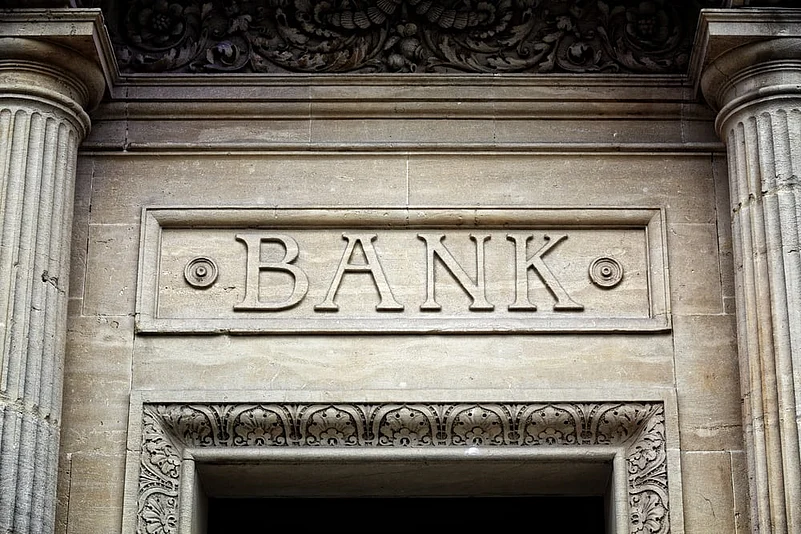Reserve Bank of India has released its March 2025 Supervisory Data Quality Index (sDQI). Overall data quality score for all Scheduled Commercial Banks has increased, but private and small finance banks have dropped in completeness scores. What this indicates is that there may be some banks that are not providing all the information they are required to provide in full, though the sector as a whole has seen an improvement.
The sDQI tracks how well banks are meeting RBI's standards for data reporting. It looks at four main areas: accuracy, timeliness, completeness, and consistency. The goal is to ensure banks submit clean, complete, and timely data for adequate supervision.
Drop in Completeness for Private and Small Finance Banks
Private banks experienced their completeness measure fall from 99.7 in March 2024 to 98.9 in March 2025. Small finance banks also fell from 99.6 to 98.9. These are modest movements indicating areas of deterioration in the completeness with which banks are reporting details like asset quality, capital adequacy, and risk information.
This kind of dip in completeness impacts the capacity of the regulators to obtain a complete view of the banks' financial situation even when aggregate figures still remain good.
Improvement in Overall Data Quality
The overall data quality score for all Scheduled Commercial Banks went up from 88.6 in March 2024 to 89.3 in March 2025. This rise was mainly driven by better performance in accuracy and timeliness by several banks. As a result, most banks are now placed in the 'acceptable' or 'good' categories, as per RBI's classification.
Public sector banks were extremely high in completeness with a score of 99.4 but recorded the lowest declines elsewhere. Foreign banks also recorded improvement in timeliness and accuracy, which took their overall score up to 89.1. Though they slipped in completeness, small finance banks registered the overall highest score of 90.6, followed by private banks at 89.6.
What the Scores Indicate
Anything above 90 is acceptable, 80-90 is acceptable, 70-80 is needing attention, and less than 70 is of concern. Most of the banks in this report are in the acceptable or good range, which means there has been a general improvement in the quality of the reporting.
The sDQI has a coverage of 87 banks and monitors important returns such as asset quality reports, capital adequacy ratios, liquidity positions, and important credit exposures. This enables RBI to evaluate the risks better and ensure overall financial stability.
Why Good Data Matters
High-quality data is a prerequisite for the RBI to monitor banks successfully. It enables it to act on policy in a timelier manner, regulate risk more effectively, and banking system operations more efficiently. With financial services increasingly dependent on technology, timely and precise reporting of information is more crucial than ever.
The central bank has also published the complete methodology for sDQI calculation, bringing the entire process out in the open and making it more uniform.










